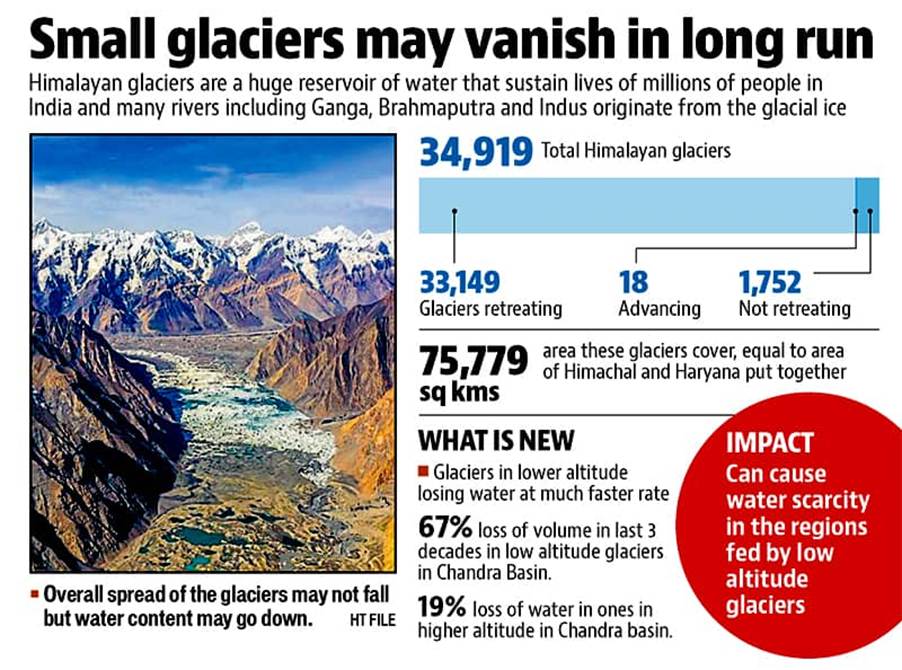Answer: Introduction Seaports have long been recognized as vital growth poles that drive regional economic development. In India, the strategic location of seaports along the extensive coastline has catalyzed industrialization, enhanced trade, and spurred infrastructure investments in adjacent regions. The …
Answer: Introduction Drought‐prone areas in India—such as regions in Bundelkhand, Marathwada, and parts of Rajasthan—suffer from low and erratic rainfall (often below 750–1000 mm annually) and poor water availability, which severely impact agriculture and livelihoods. In response, the government and …
Answer: Introduction Indian agriculture—traditionally labor‐intensive and reliant on conventional methods—is undergoing a profound transformation through the adoption of modern technology. With innovations spanning precision farming, Internet of Things (IoT), Artificial Intelligence (AI), and drones, technology has played a transitional role …
Answer: Introduction The Indian population is a mosaic of several racial groups that have evolved over millennia. Historically, scholars have distinguished between major racial elements—such as the Indo-Aryans in the north, the Dravidians in the south, along with significant Tibeto-Burmese …
Answer: Introduction High annual rainfall in India is not uniformly distributed. Instead, it is strongly influenced by various geographic factors such as topography, altitude, proximity to water bodies, and regional climate patterns. For instance, the Western Ghats and the Northeast …
Answer:Introduction Water scarcity is one of the most daunting challenges in India, leading to disputes and conflicts among states and communities. Rapid population growth, climate change, uneven rainfall, and over-extraction of groundwater exacerbate the problem. To address these issues efficiently, …
Answer: Introduction Tribal areas in India, home to approximately 8.6% of the population (Census of India, 2011), continue to experience underdevelopment despite a long history of targeted development programmes such as the Tribal Sub-Plan, Integrated Tribal Development Programme (ITDP), and …
Answer: Introduction Migration in India is a clear manifestation of regional disparities. Economic opportunities, differences in public services, educational facilities, and infrastructural development have led people to move from less developed regions to prosperous urban centers. This migration produces distinct …
Introduction Domestic tourism in India leverages its extensive cultural, historical, and ecological resources, making it a crucial driver for socio-economic development. India’s distinct regional offerings—from its ancient heritage sites to diverse natural landscapes—coupled with supportive government policies and emerging market …
Answer: Introduction Glaciers in India—primarily in the Himalayan region—are critical components of the cryosphere, influencing regional hydrology and water security. These glaciers vary in type—from valley glaciers to debris-covered and hanging glaciers—and exhibit complex behaviors when viewed as dynamic systems. …







